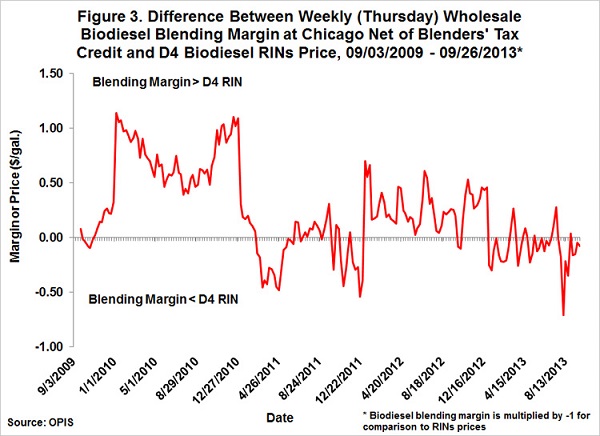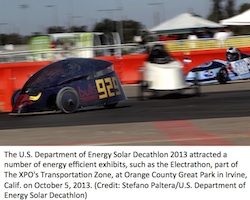The Global Renewable Fuels Alliance (GRFA) is demanding the High Level Panel of Experts on Food Security and Nutrition (HLPE) withdraw their Biofuels and Food Security report given its flaws and their refusal to release the report’s funding sources. The organization’s call to action comes as the Committee on World Food Security’s (CFS) annual Plenary gets underway in Rome, Italy.
 Biofuel industry associations representing Canada, the United States and European Ethanol producers sent a joint letter to members of the HLPE Steering Committee highlighting the numerous flaws in the reports drafting process and demanded to know the sources of funding behind it.
Biofuel industry associations representing Canada, the United States and European Ethanol producers sent a joint letter to members of the HLPE Steering Committee highlighting the numerous flaws in the reports drafting process and demanded to know the sources of funding behind it.
“It is not surprising that the final HLPE report was flawed given the secretive nature by which it was funded and the inherent biases among the appointed members of the so-called Project Team,” said Bliss Baker, spokesperson for GRFA.
The open letter released by the GRFA slammed the panel for the manner in which the project scope was finalized, the apparent disregard for stakeholder feedback provided during consultations, the opaque and secretive “external review” of the final draft report, the non-disclosure of the reports financial donors and the veiled process by which the Project Team was selected.
“It became apparent early in the process that industry concerns were being dismissed without any explanation from the HLPE,” said Baker. “It is essential in any public policy process to explain decisions for accepting or rejecting recommendations from stakeholders, but regrettably, the HLPE did not believe that an open transparent process was required.”
Equally concerning to the GRFA was the secretive way the Project Team was selected. Key stakeholders should have been allowed to participate in selecting a Project Team, said Baker, but instead the HLPE “hand-picked” its members. This “hand-picked” team did not include a single expert from the biofuels industry but instead included a known biofuels critic who was the primary author of a highly controversial theory of predicting future land use patterns that has been widely criticized.
“Effective policy is best informed with sound science and an open, transparent, deliberative process that involves the public,” added Baker. The HLPE did not adhere to any of these principles and because of these short comings the HLPE should withdraw the report at the CFS Plenary until these deficiencies are addressed. Moreover, it is imperative that the HLPE disclose the financial donors who contributed to this report.”
 An executive for DuPont is predicting a bright future for advanced biofuels. During a recent podcast on Agri-Pulse, James C. Collins, Jr., senior vice president for DuPont’s Industrial Biosciences, Performance Polymers and Packaging & Industrial Polymers businesses, says he is excited about the future of his company’s new generation cellulosic ethanol plant in Nevada, Iowa and advanced biofuels in general.
An executive for DuPont is predicting a bright future for advanced biofuels. During a recent podcast on Agri-Pulse, James C. Collins, Jr., senior vice president for DuPont’s Industrial Biosciences, Performance Polymers and Packaging & Industrial Polymers businesses, says he is excited about the future of his company’s new generation cellulosic ethanol plant in Nevada, Iowa and advanced biofuels in general. 









